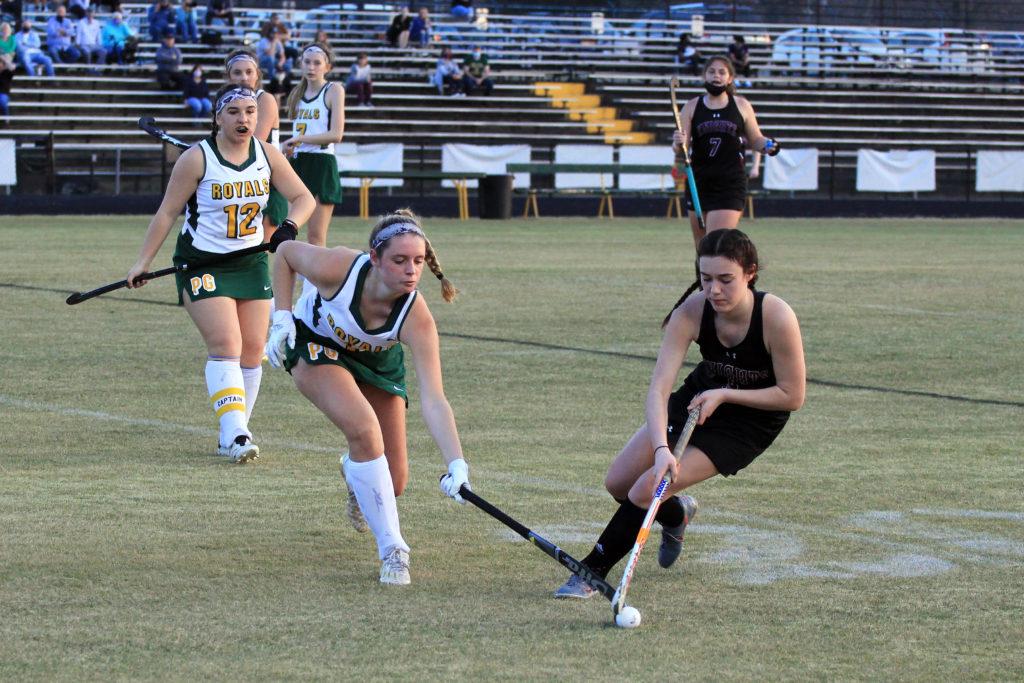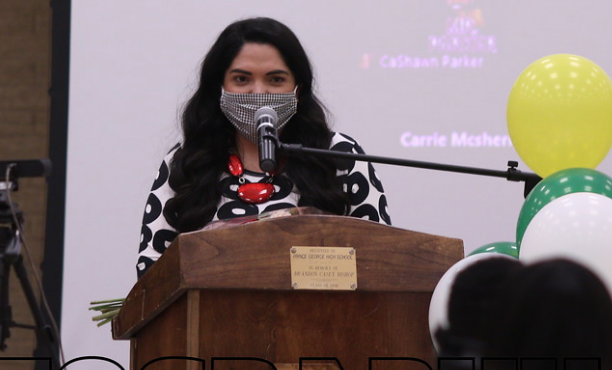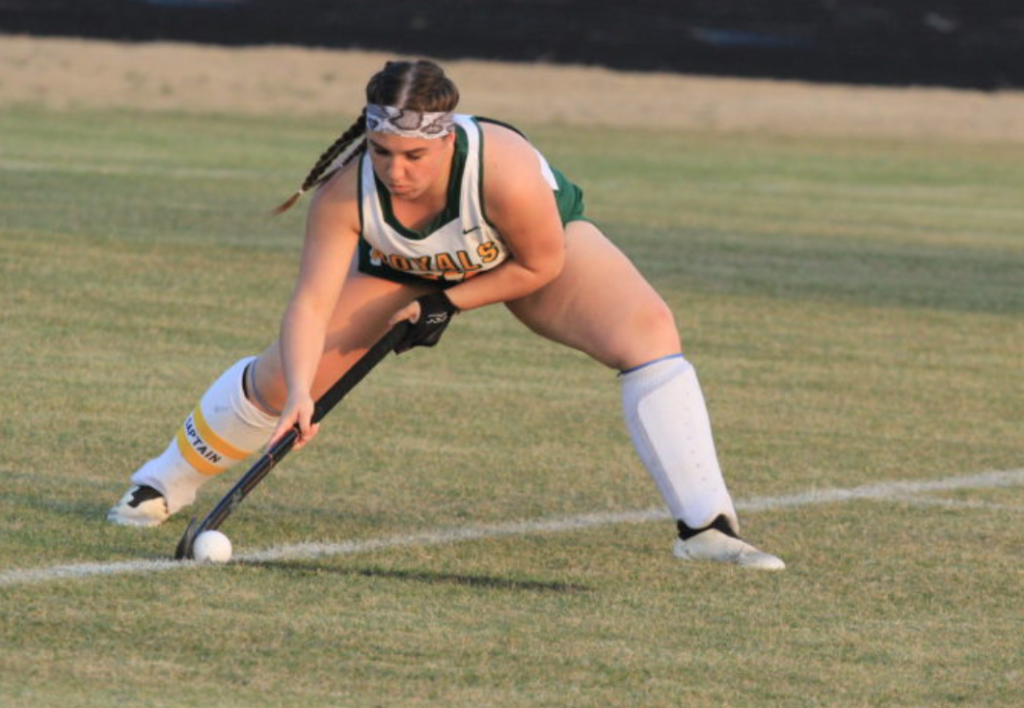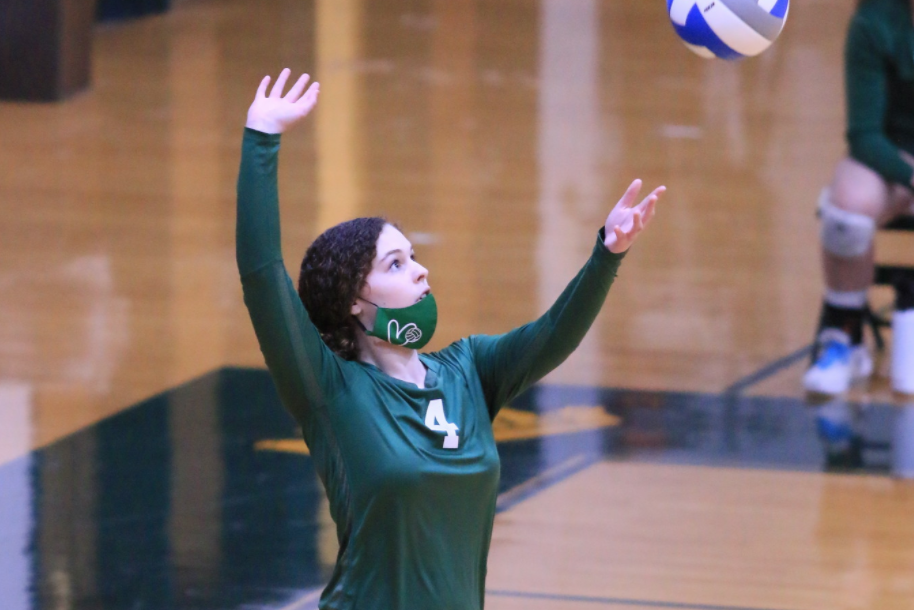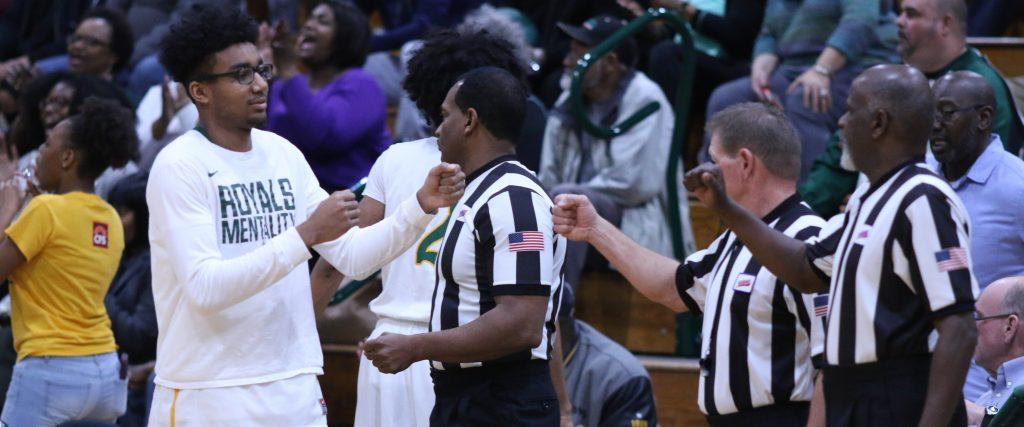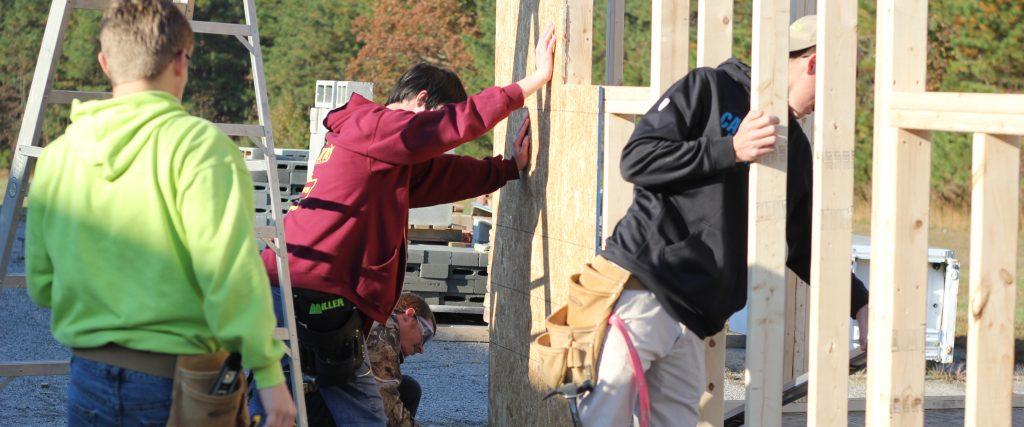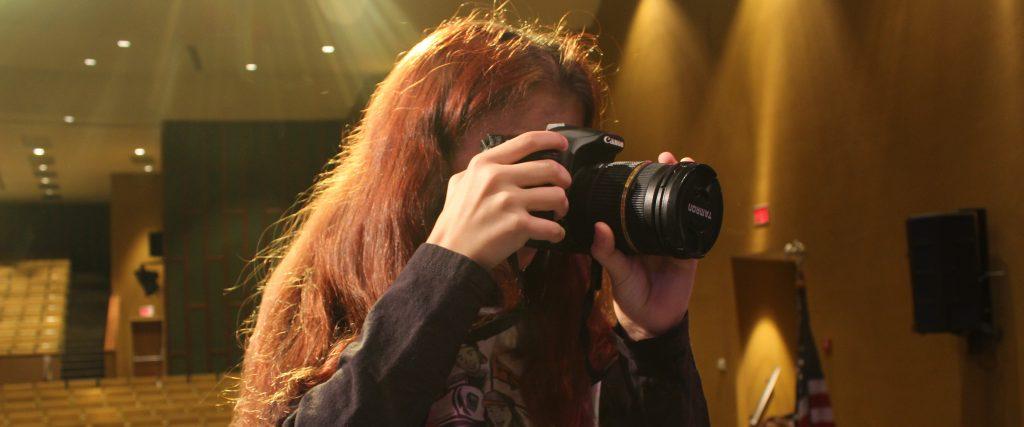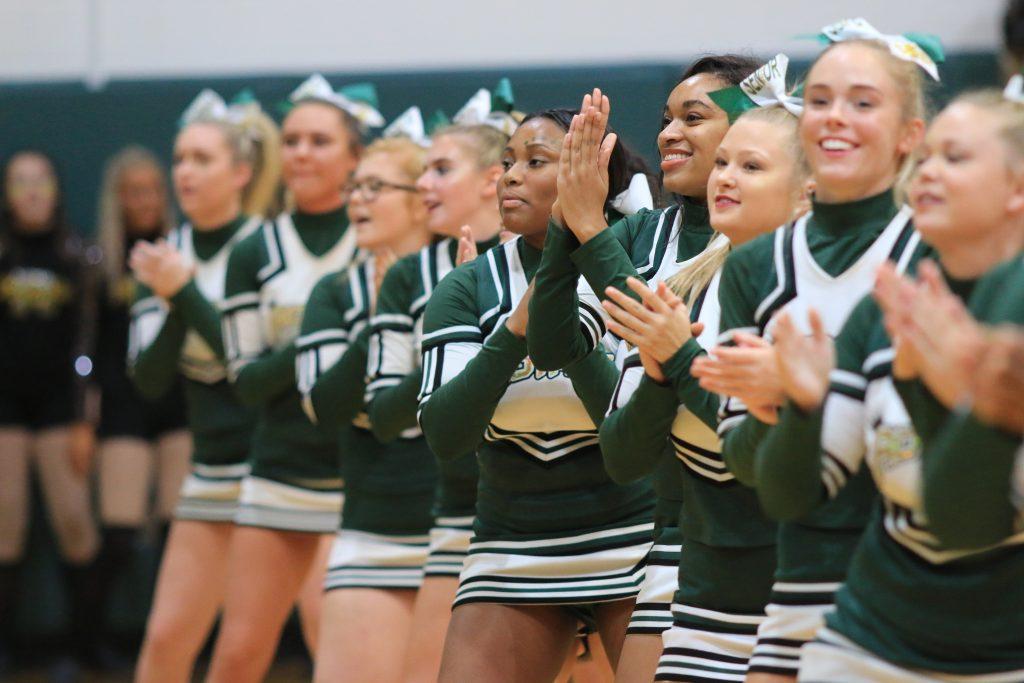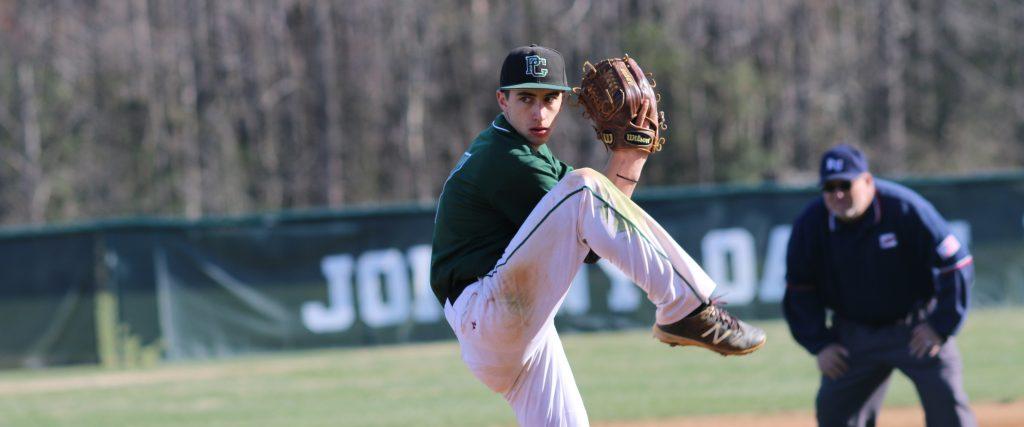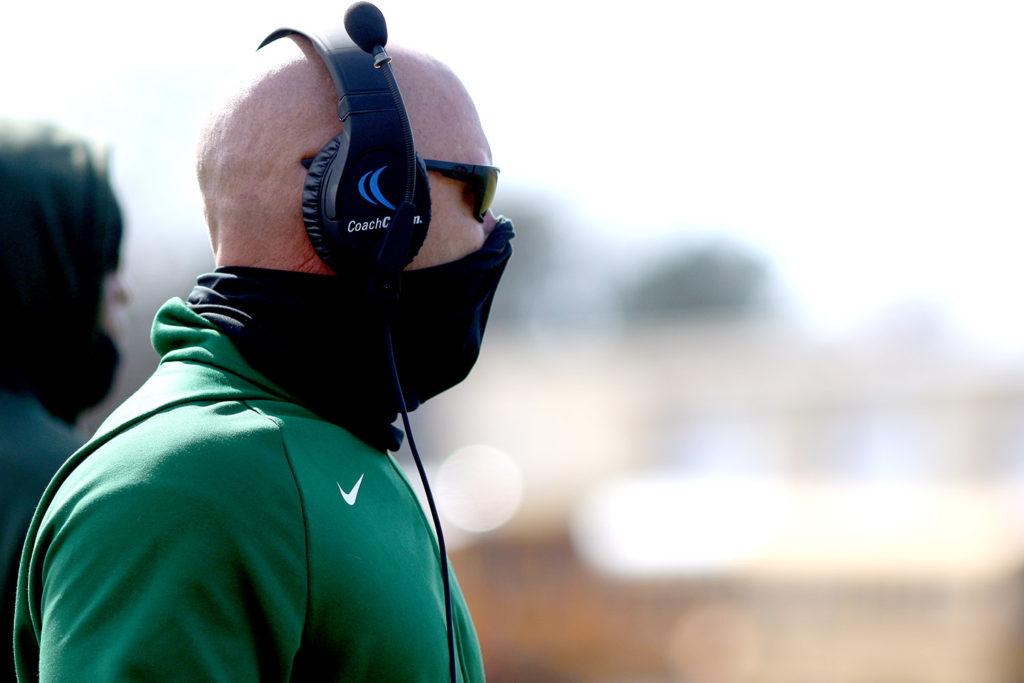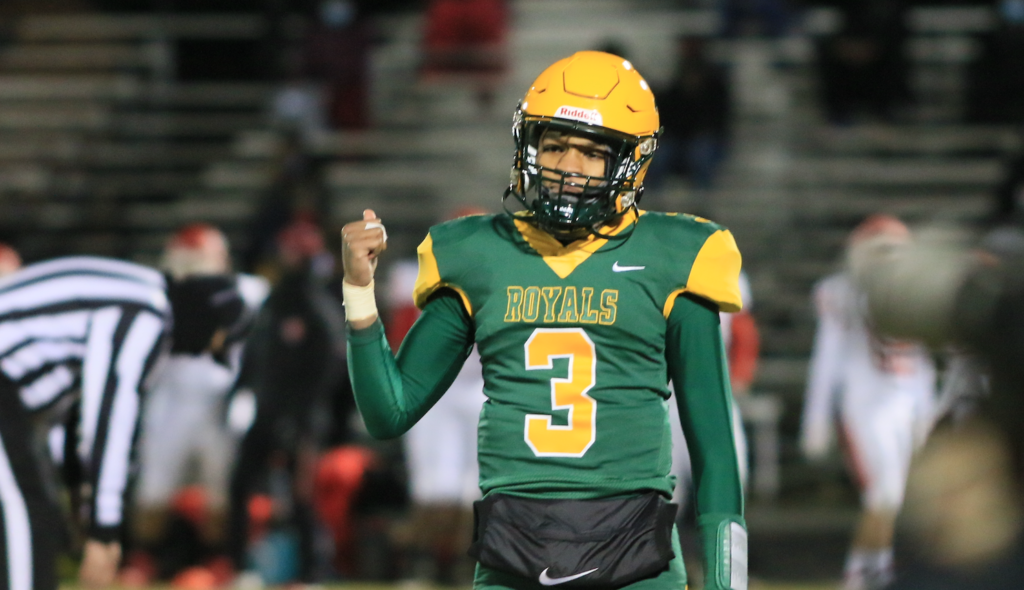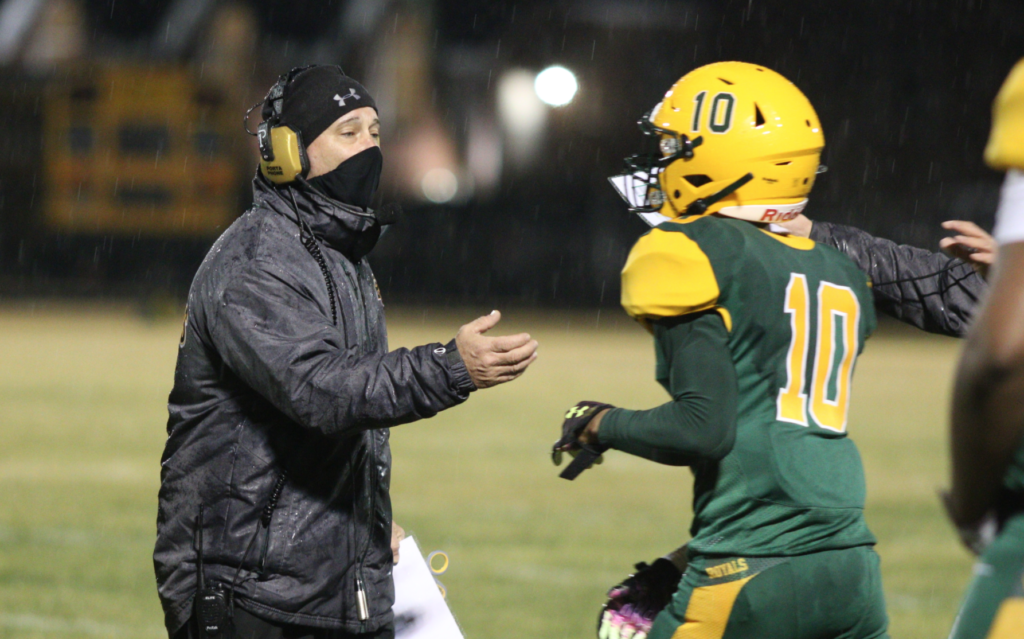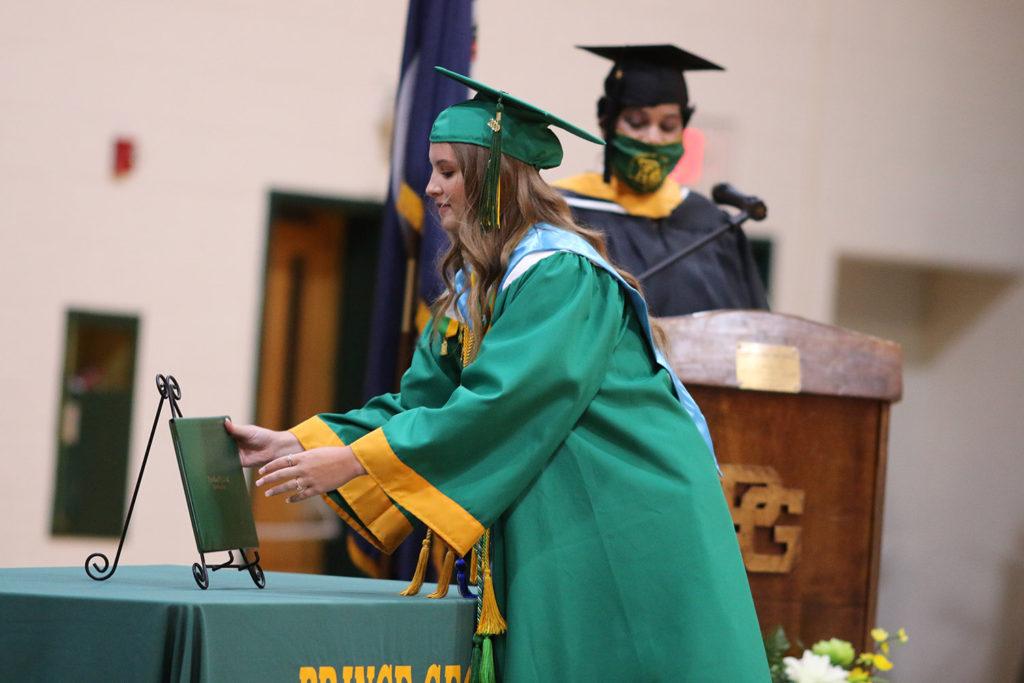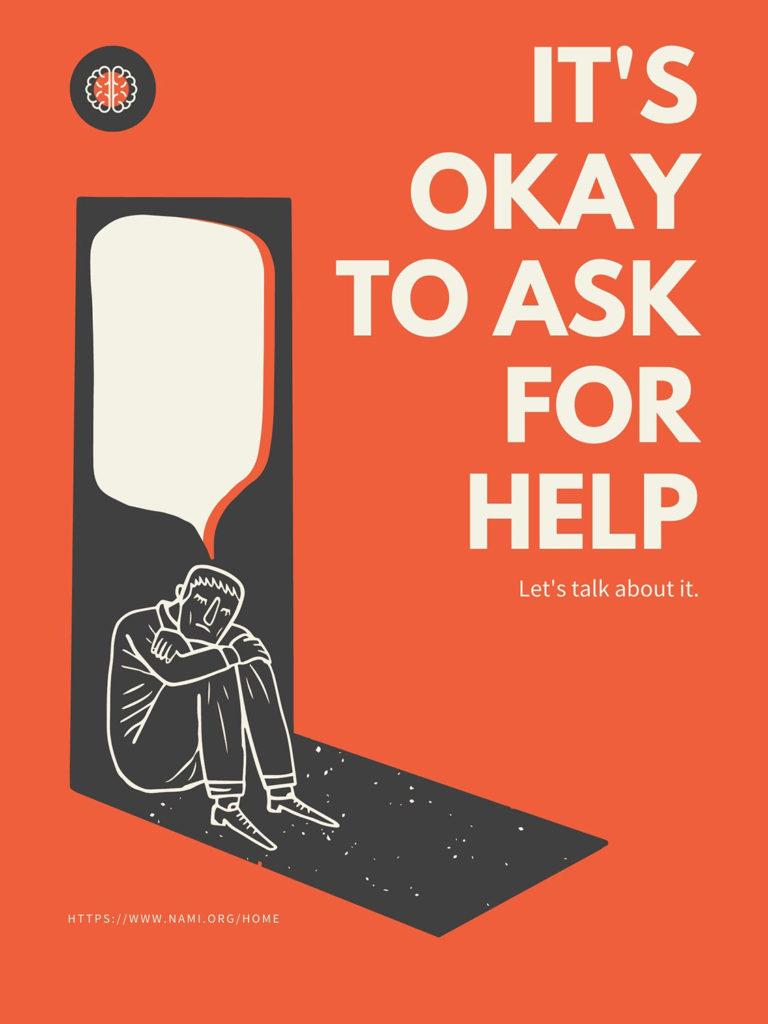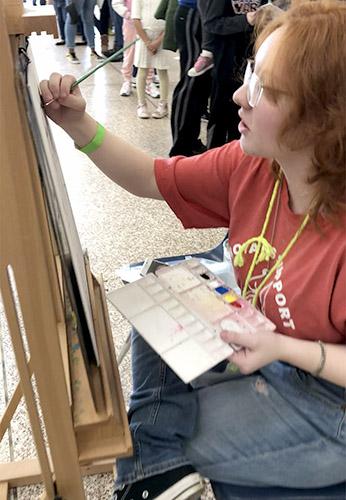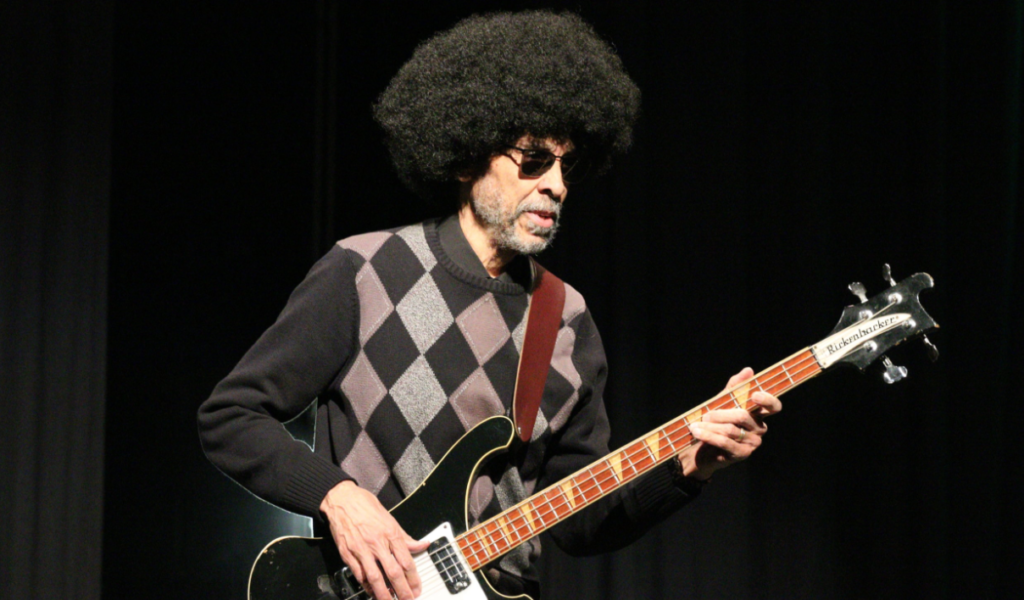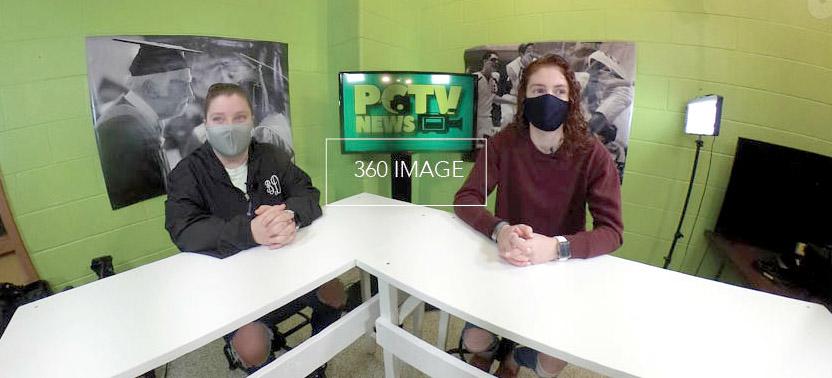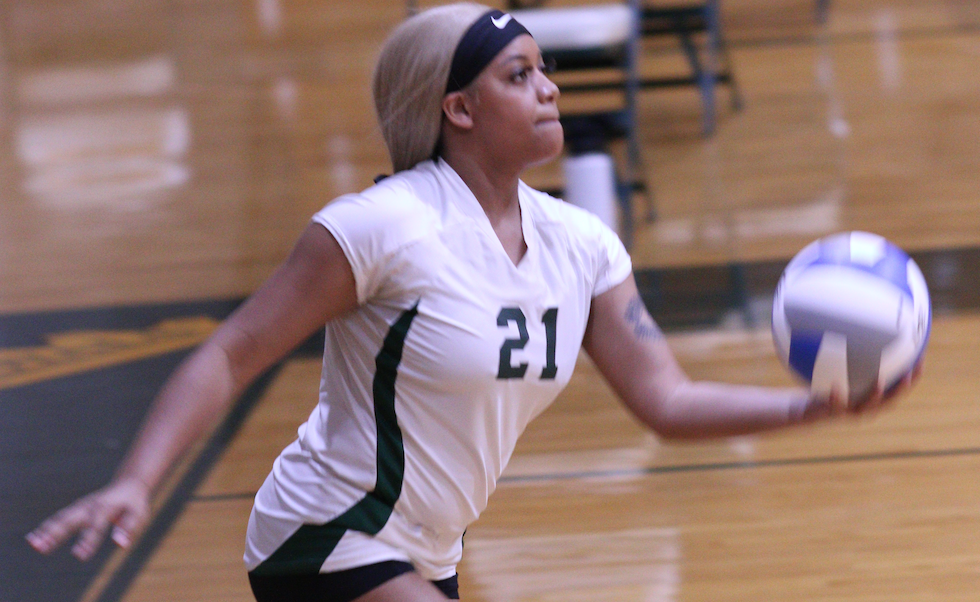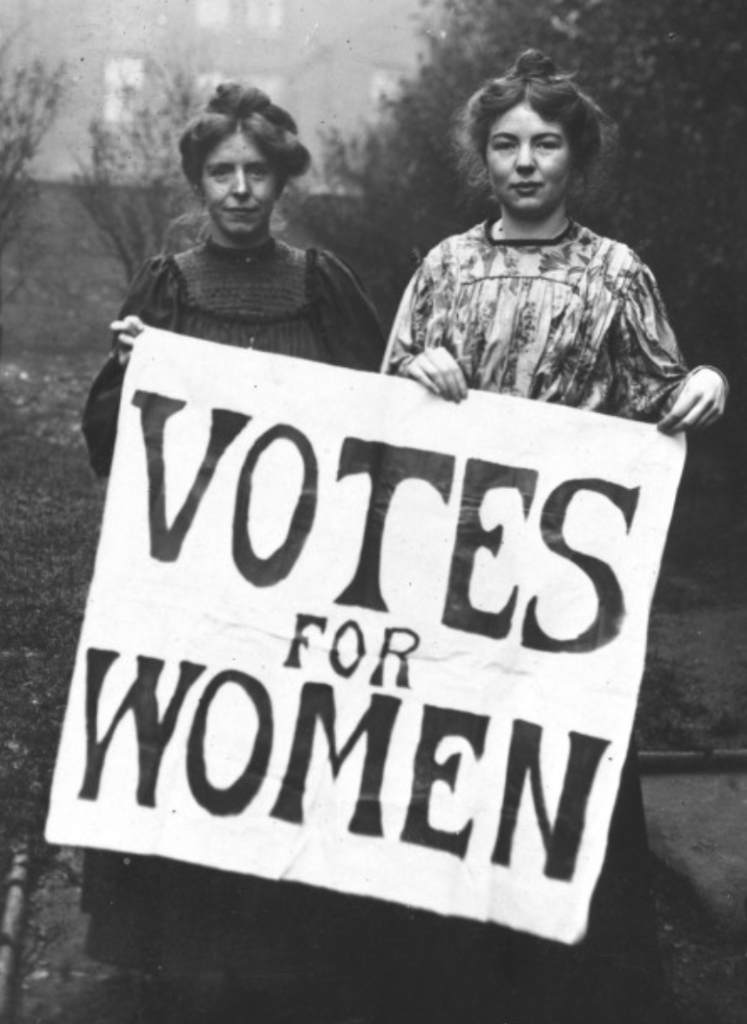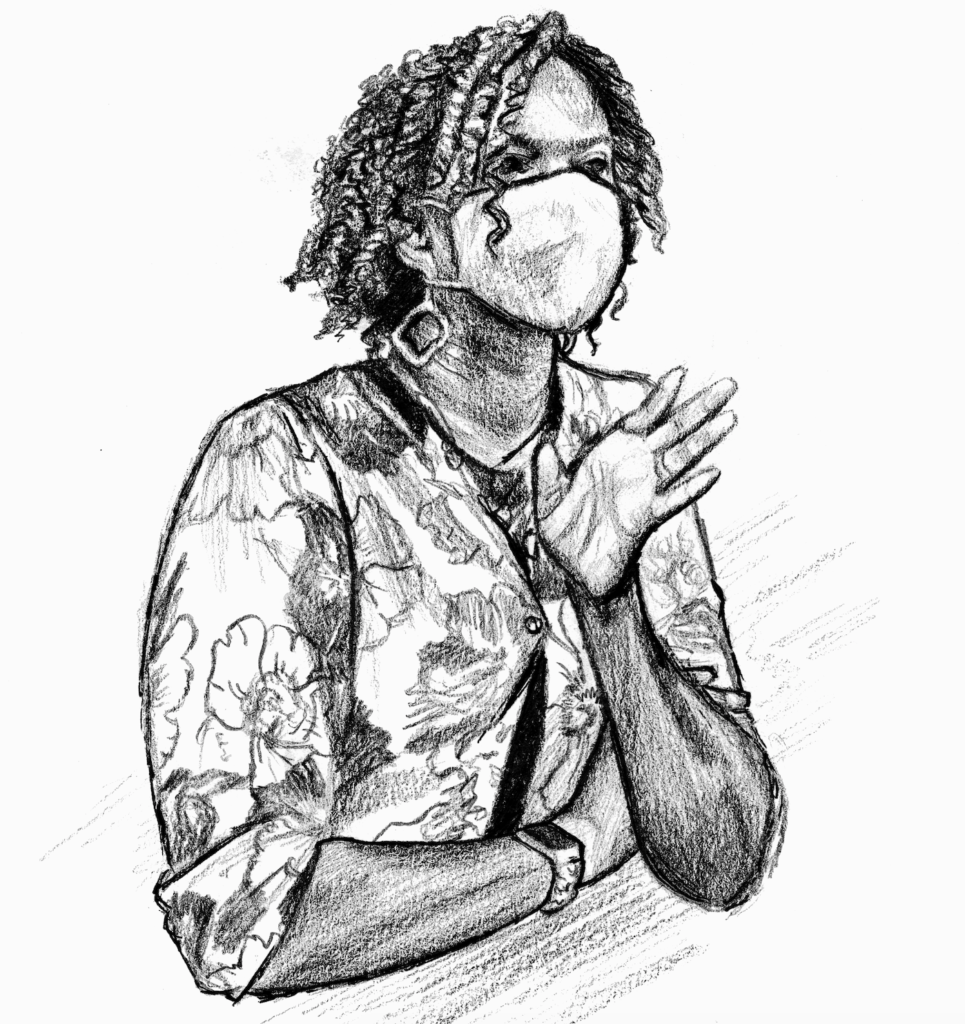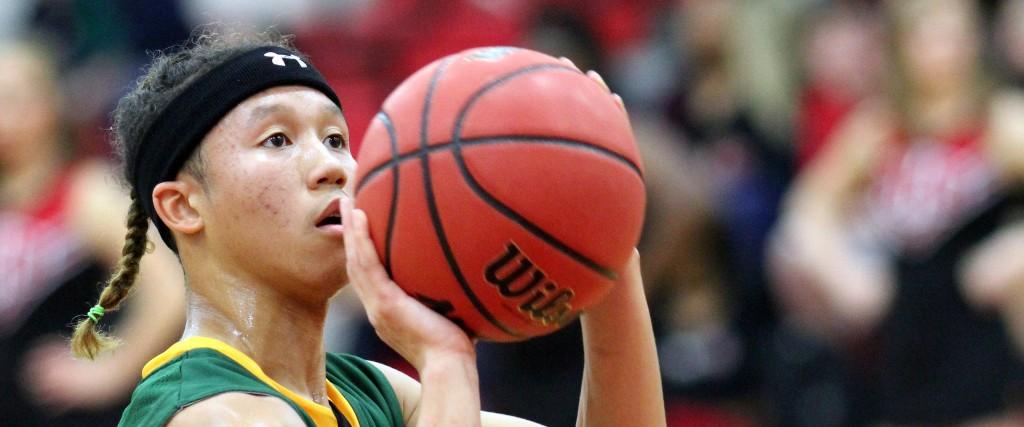It is basketball season again. This holds true for both the school and the nation as a whole. Many will flock to their television or become a spectator at the school gym. Others who are less dedicated will occasionally decide to join a friend or watch their child’s school game.
This means that, more often than not, he will know little to nothing about basketball.
Of course, he will probably know (or catch on) that the players have to dribble and pass the ball up to the opponents’ basket. He may know that players score by shooting the ball into the opposing team’s hoop. He may even know a trivial piece of information, like the basketball diameter being a half-inch less than half the rim diameter.
However, he will definitely scratch his head when a player is right in front of the opponents’ basket and the ref calls him on a foul. Or when the player with possession of the ball stops, squats, jumps and why this action is considered a foul.
“I wouldn’t say one particular player gets into foul trouble,” said Basketball coach, Travis Carr. “However, the player that plays over aggressively typically gets a fouls called on him. Or, a player that doesn’t use proper defense technique will draw fouls. Lazy defense leads to fouls.”
There are two types of fouls in basketball: Personal fouls and technical fouls. The former is much more commonly received, while the ladder usually results from unsportsmanlike conduct. Personal fouls are given for blocking an opponent from advancing using your body, charging into a defender, elbowing another player, blocking a player (referred to as a screen) while still moving, when a defender places one or both hands repeatedly on a player, jumping on and over and opponent’s back while attempting to get a rebound, attempting to steal the ball and inadvertently making contact with the ball holder, and tripping an opponent.
“Last night (January 12) I got a blocking foul,” senior Haley Hilton said.
Technical fouls are given for violations and misconduct, or unsportsmanlike, conduct of the players or coach, especially towards the other team or the referee. Coaches and players can often receive this foul for arguing or yelling at a ref.
“We don’t get technical fouls called on us. I have enough discipline, and so do my players, to contain their emotions and fuel them in a positive way,” Carr said.
Referees often have to make subjective decisions, which may not sit well with the team that receives it or the audience. At times, it may even seem like a ref has a bias towards one team. However, sometimes the ref is blamed for the shortcomings of one team or for a decision made in all fairness, but was so uncertain that the ref’s decision was called into question, even though he used his best judgement.
“We don’t pay attention to certain refs, or warn our players about them,” said Carr. “The refs we have are not NBA or college refs. They are high school level refs, and we have to remember that. As long as they are consistent, we are okay with that. Coaches do not want refs to become too much a part of the actual game. People did not pay money to come watch the refs. They came to watch the players play.”
According to Carr, Hilton, and boys basketball players, Asante Turner and Troi Hines the most common foul received is a reaching foul.
There are still a few refs that players need to look out for. “The older refs…they’re always after you,” said Turner. “You have to be nice to all the refs.”
